The air we exhale becomes the medium for an extraordinary artistic statement at the "CO₂ Real-Time Atlas" exhibition currently transforming London's Barbican Centre. This groundbreaking climate data visualization project turns invisible atmospheric changes into pulsing, visceral experiences that haunt visitors long after they leave the gallery space.
Developed through an unprecedented collaboration between atmospheric scientists from the University of Edinburgh and new media artists collective Obscura Digital, the installation harnesses live satellite feeds from NASA's OCO-2 orbiter alongside terrestrial sensor networks. Every fifteen minutes, the system updates a towering 8K projection that renders planetary CO₂ concentrations as swirling color fields - deep violets indicating safe zones transitioning to alarming crimsons where fossil fuel emissions concentrate.
What makes this exhibition revolutionary isn't merely its technical achievement, but how it weaponizes aesthetic seduction to deliver hard climate truths. The data mural's beauty initially draws viewers in - the hypnotic dance of emerald tendrils representing carbon sequestration in the Amazon, the liquid gold pulses of oceanic phytoplankton blooms. Then comes the cognitive dissonance as these natural balancing systems shrink before one's eyes, overwhelmed by spreading stains of synthetic orange representing human emissions.
The exhibition's centerpiece, "The Breathing Room," proves particularly unsettling. Visitors don EEG headbands that translate their own respiratory rhythms into light patterns on an enormous suspended globe. As more participants join, the artwork visually demonstrates how collective human activity - even something as fundamental as breathing - contributes to atmospheric changes. The sobering twist comes when the system superimposes industrial emission data, making individuals confront their amplified impact through energy consumption and modern lifestyles.
Historical context surfaces through an ingenious "carbon archaeology" segment, where ice core data from Antarctica gets translated into generative soundscapes. A cellist's live performance interacts with algorithms converting 800,000 years of atmospheric records into resonating chamber music. The sudden discordant tones marking the Industrial Revolution provoke audible gasps from audiences, as does the screeching crescendo representing post-1950 emission curves.
Perhaps most innovative is the "Hyperlocal Emissions Mirror," a facial recognition interface showing real-time CO₂ contributions from visitors' home regions. By scanning their museum ticket QR codes, attendees see personalized climate impact visualizations. A Londoner might watch their borough's emissions manifest as crimson fog, while someone from Reykjavík observes their geothermal-powered community represented in calming aquamarine. The system's emotional power lies in its specificity - global warming becomes not some abstract crisis, but a direct reflection of one's own life context.
Critics have praised how the exhibition avoids climate catastrophe fatigue through its emphasis on agency. The final gallery, "The Adjustment Layer," invites visitors to manipulate emission variables via interactive tables. Dragging sliders for renewable energy adoption or reforestation rates generates immediate visual feedback in the main data projection. These deliberate gamification elements make complex climate models tactile while demonstrating how policy choices materialize in atmospheric chemistry.
The project's scientific director, Dr. Eleanor Voss, emphasizes their rigorous approach: "Every chromatic shift corresponds to actual parts-per-million changes. When visitors see a section turn from blue to purple, that's the IPCC's predicted 2040 concentration under current policies." This fidelity to data separates the exhibition from more abstract climate art, grounding its spectacle in measurable reality.
As museums worldwide negotiate their role in the climate crisis, this exhibition suggests a powerful template - marrying hard science with emotional resonance. The curators have announced plans for the visualization system to travel next to Shanghai and Los Angeles, adapting its datasets to highlight regional emission patterns. With each location, the real-time carbon portrait grows more detailed, more urgent, and more impossible to ignore.
Beyond its artistic merits, the project establishes an important precedent for environmental monitoring transparency. All code and methodologies will remain open-source, allowing schools and community centers to create localized versions. In an era of climate misinformation, this commitment to accessible, beautiful truth-telling may prove as valuable as the exhibition itself.
The "CO₂ Real-Time Atlas" runs through November at the Barbican Centre before beginning its global tour. Early ticket sales suggest it may become one of the most visited climate-themed exhibitions in history - a testament to humanity's growing hunger to visualize the invisible crisis we've created, and perhaps, to find pathways toward making the data beautiful again.
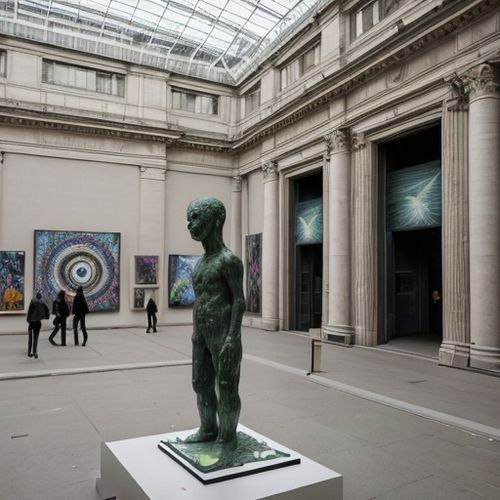
By Jessica Lee/Apr 12, 2025
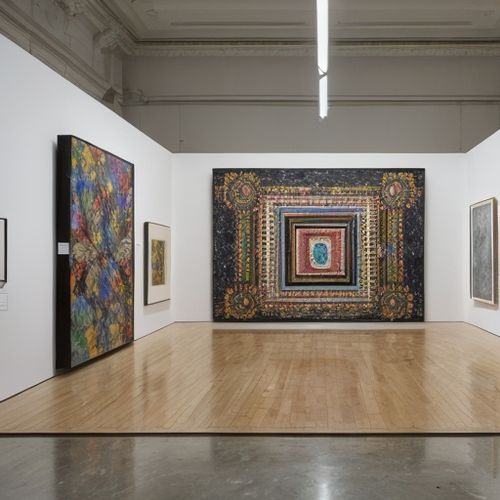
By Daniel Scott/Apr 12, 2025

By Megan Clark/Apr 12, 2025
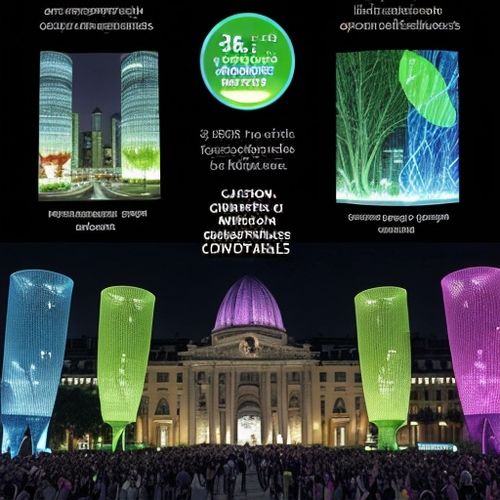
By Elizabeth Taylor/Apr 12, 2025

By James Moore/Apr 12, 2025
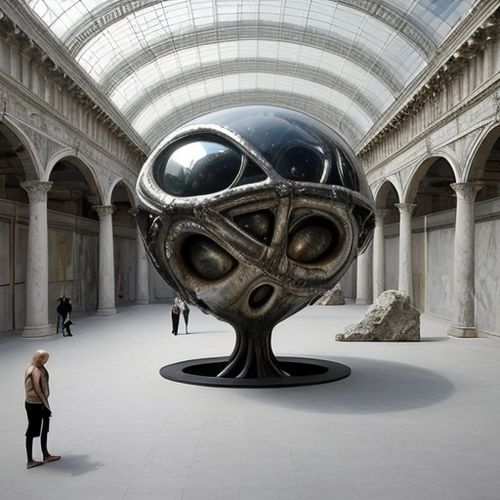
By Natalie Campbell/Apr 12, 2025

By Grace Cox/Apr 12, 2025

By David Anderson/Apr 12, 2025

By Emma Thompson/Apr 12, 2025
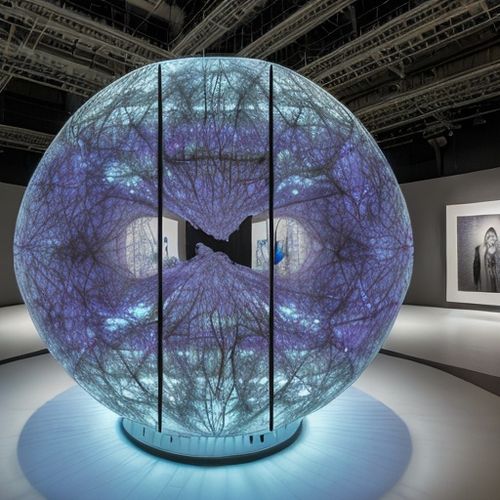
By Jessica Lee/Apr 12, 2025

By Thomas Roberts/Apr 12, 2025
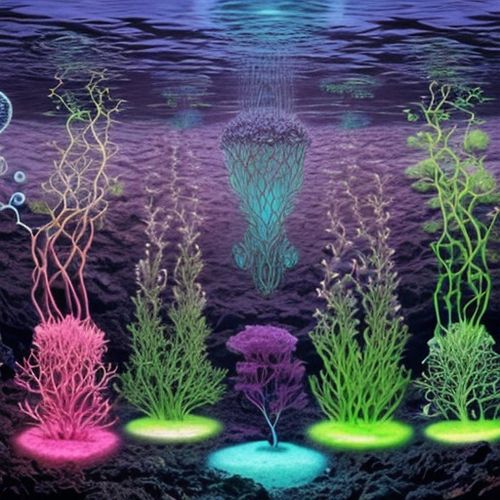
By Noah Bell/Apr 12, 2025

By David Anderson/Apr 12, 2025
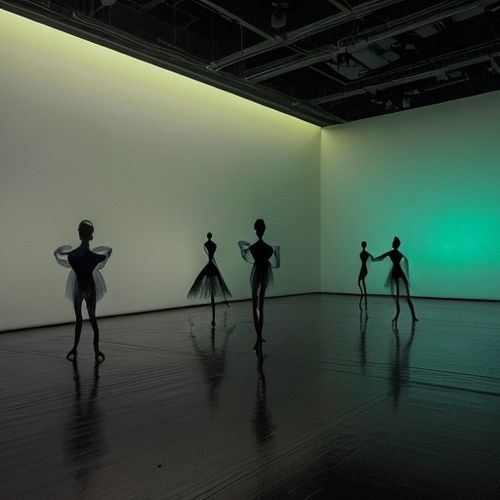
By Victoria Gonzalez/Apr 12, 2025
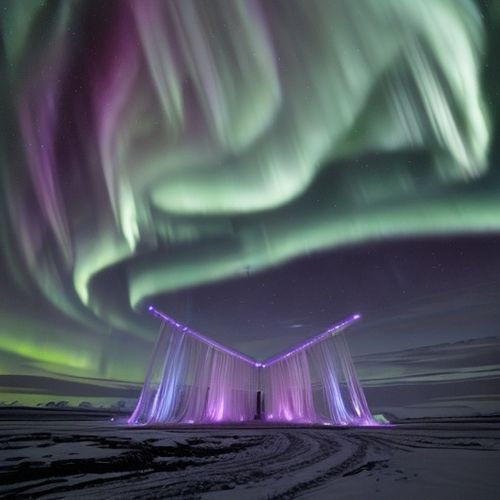
By Sarah Davis/Apr 12, 2025
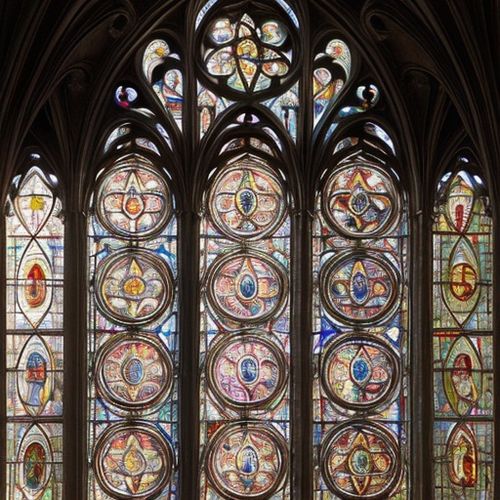
By Rebecca Stewart/Apr 12, 2025

By James Moore/Apr 12, 2025

By Thomas Roberts/Apr 12, 2025

By Lily Simpson/Apr 12, 2025